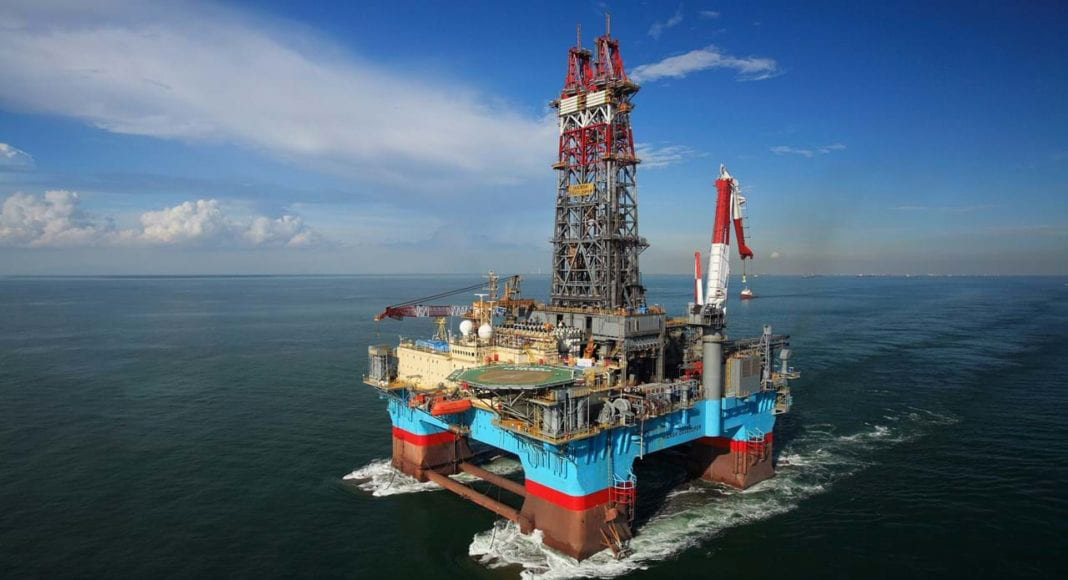Having gone almost entirely unnoticed in the global oil & gas industry for decades, both Guyana and neighbouring Suriname are now claiming their respective shares of the global spotlight. With the US company ExxonMobil having begun to recover and export oil from the now well-known Stabroek Block, late last year, less than five years after it announced its first major offshore discovery here, Suriname’s ‘shout’ followed in April this year when the Texas oil company Apache Corp. announced that it had made “a significant oil discovery” at its Sapakara West-1 well in the Guyana/ Suriname basin.
Last week it was disclosed that the Malaysian Oil and Gas Company, Petroliam Nasional Berhad (Petronas), currently operating in the Surinamese oil sector, had secured the services of a semi-submersible driller, owned by the drilling-rig operator Maersk, to undertake a one-well drilling contract, offshore Suriname.
News from Paramaribo indicates that the contract which extends for just over two months will see the assigning of the Maersk Developer semi-submersible to undertake drilling operations targeting Suriname’s offshore Block 52 well, commencing in the third or fourth quarter of this year. The contract is reportedly valued at around US$20.4 million and includes “integrated drilling services, mobilization and demobilization fees.”
The announcement that Suriname is further ramping up its pursuit of enhanced oil-producer status, shines a further spotlight on the so-called Guyana/Suriname basin, regarded as a world-leading repository of oil and gas. The basin is currently the focus of attention by various leading exploration companies in the global oil & gas industry including ‘heavy hitters’ like ExxonMobil and Chevron, as well as companies like the China National Offshore Oil Corporation (CNOOC), and REPSOL S.A. based in Madrid, Spain.
The Maersk-owned semi-submersible can operate in up to 10,000 feet of water and has reportedly recently operated offshore Trinidad and Tobago.






